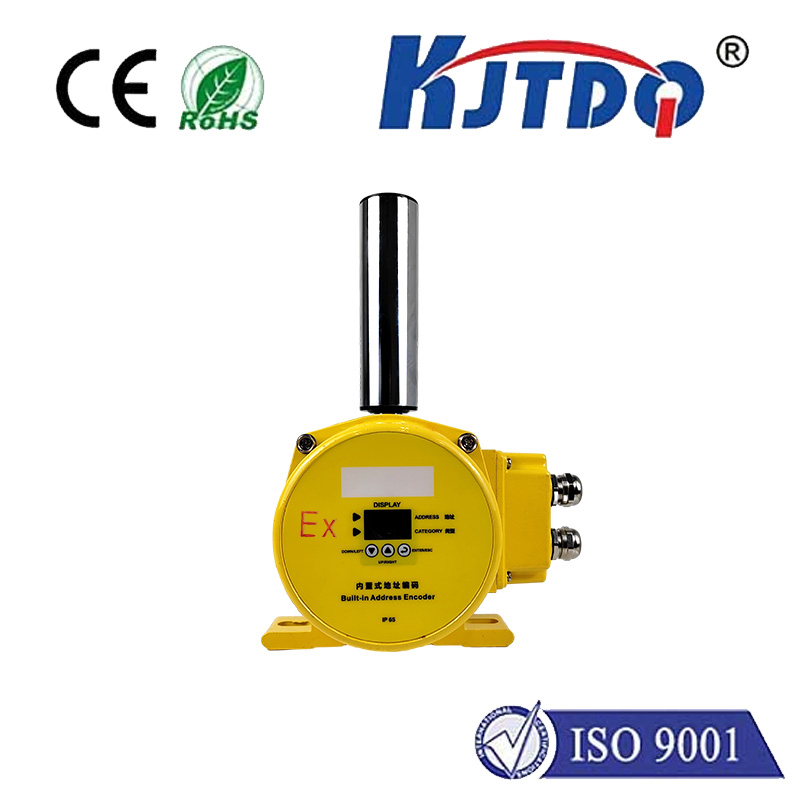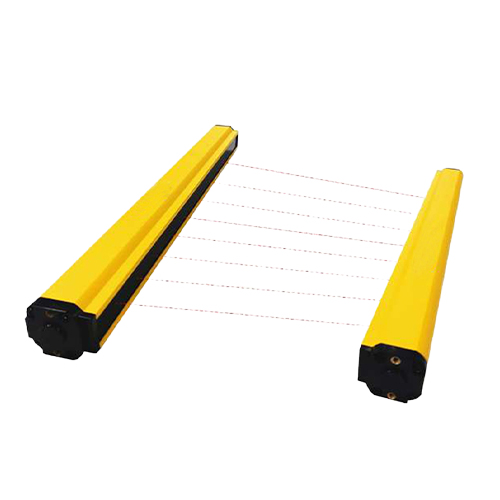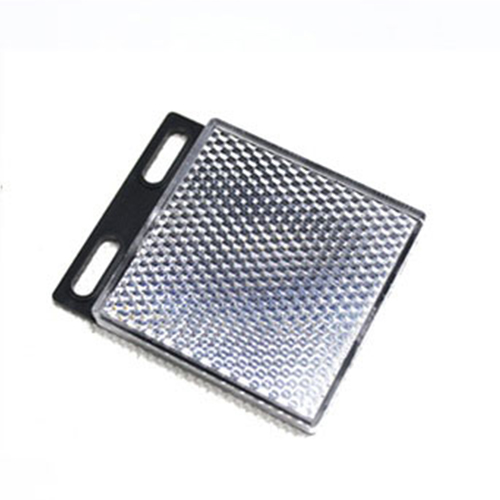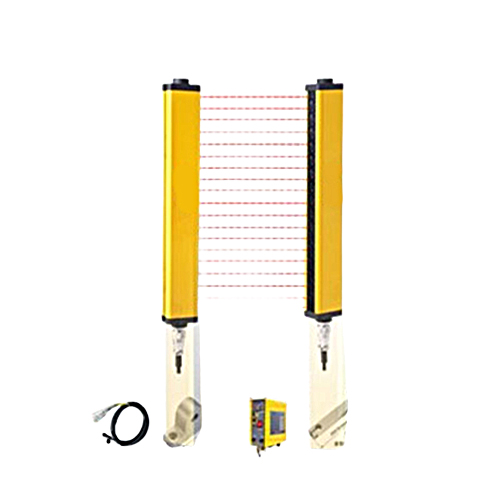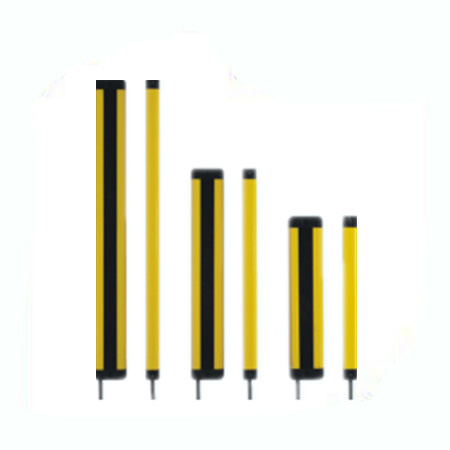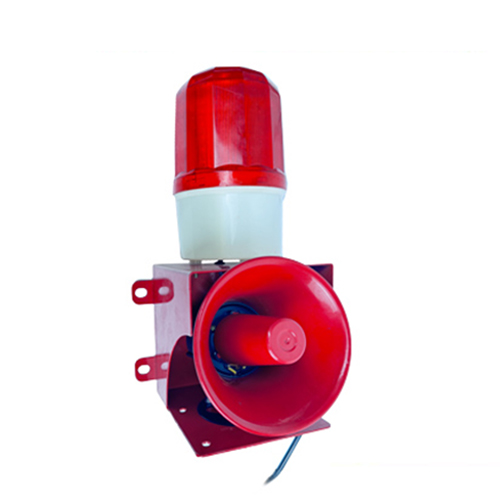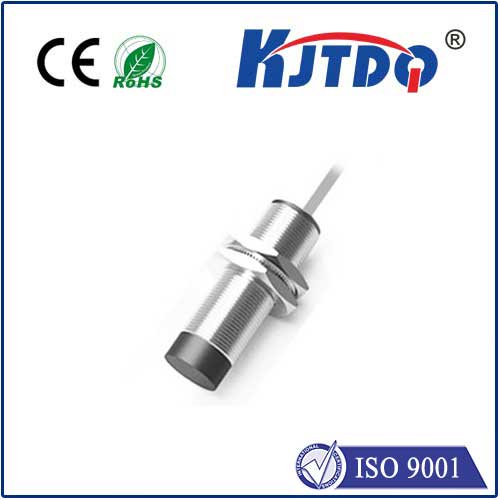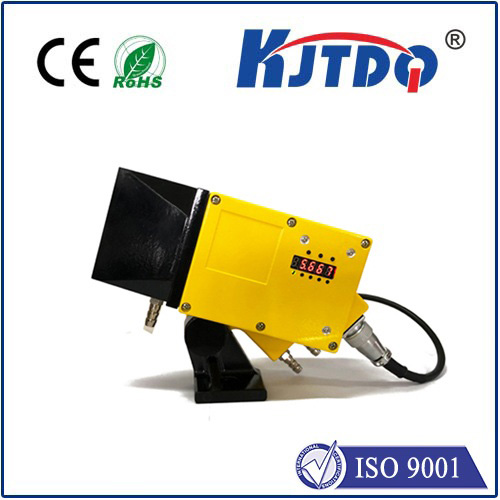

check

check

check

check

check

check

check

check

check

check
Understanding Diffuse Reflective Sensors: An In-Depth Analysis
The field of sensor technology is constantly evolving, with new and innovative devices being developed for a variety of applications. One such device is the diffuse reflective sensor, which has gained popularity in recent years due to its unique properties and capabilities. In this article, we will take a closer look at diffuse reflective sensors, exploring their working principle, advantages, disadvantages, and potential applications.
Working Principle of Diffuse Reflective Sensors
Diffuse reflective sensors are designed to measure the amount of light reflected from a surface. They work by emitting a beam of light onto a surface and then measuring the amount of light that is reflected back. The reflected light is then detected by a photodiode or other type of light-sensitive element, which converts it into an electrical signal that can be processed by a microcontroller or other computing device.

Advantages of Diffuse Reflective Sensors
One of the main advantages of diffuse reflective sensors is their ability to accurately measure the amount of reflected light. This makes them ideal for applications where precise measurements are required, such as in scientific research or quality control processes. Additionally, these sensors are highly versatile and can be used to detect a wide range of materials, including metals, plastics, and textiles.
Disadvantages of Diffuse Reflective Sensors
Despite their many advantages, diffuse reflective sensors also have some limitations. For example, they may struggle to accurately measure the amount of reflected light if the surface being measured is too rough or uneven. Additionally, these sensors may be affected by ambient light conditions, which can lead to errors in measurement accuracy.
Potential Applications of Diffuse Reflective Sensors
Given their unique properties and capabilities, diffuse reflective sensors have a wide range of potential applications. One area where they are commonly used is in industrial automation, where they are employed to monitor and control various processes. They are also frequently used in quality control processes, where they are used to detect defects in manufactured goods such as electronic components or automotive parts.
Conclusion
In conclusion, diffuse reflective sensors are an exciting development in the field of sensor technology. While they have some limitations, their ability to accurately measure the amount of reflected light makes them ideal for a wide range of applications. As technology continues to evolve, it will be interesting to see how these sensors continue to develop and adapt to meet the needs of industries around the world.
